Functions of the Reproductive System:
- Production of gametes
- Fertilization
- Development and nourishment of a new individual
- Production of sex hormones
Spermatogenesis:
- Spermatogonia are the cells from which sperm cells arise. The spermatogonia divide by mitosis. One daughter cell remains a spermatogonium that can divide again by mitosis. One daughter cell becomes a primary spermatocyte.
- The primary spermatocyte divides by meiosis to form secondary spermatocytes.
- The secondary spermatocytes divide by meiosis to form spermatids
- The spermatids differentiate to form sperm cells.
Regulation of Reproductive Hormone Secretion in Males:
- Gonadotropin-releasing hormone (GnRH) from the hypothalamus stimulates the secretion of luteinizing hormone (LH) and follicle-stimulating hormone (FSH) from the anterior pituitary.
- LH stimulates testosterone secretion from the interstitial cells.
- FSH stimulates sustentacular cells of the seminiferous tubules to increase spermatogenesis and to secrete inhibit.
- Testosterone has a stimulatory effect on the sustentacular cells of the seminiferous tubules, as well as on the development of sex organs and secondary sex characteristics.
- Testosterone has a negative-feedback effect on the hypothalamus and pituitary to reduce GnRH, LH, and FSH secretion.
- Inhibin has a negative-feedback effect on the anterior pituitary to reduce FSH secretion.
- Oogonia give rise to oocytes. Before birth, oogonia multiply by mitosis. During development of the fetus, many oogonia begin meiosis, but stop in prophase I and are now called primary oocytes. They remain in this state until puberty.
- Before birth, the primary oocytes become surrounded by a single layer of granulosa cells, creating a primordial follicle. These are present until puberty.
- After puberty, primordial follicles develop into primary follicles when the granulosa cells enlarge and increase in number.
- Secondary follicles form when fluid-filled vesicles develop and thecal cells arise on the outside of the follicle.
- Mature follicles form when the vesicles create a single antrum.
- Just before ovulation, the primary oocyte completes meiosis I, creation a secondary oocyte and a nonviable polar body.
- The secondary oocyte begins meiosis II, but stops at metaphase II.
- During ovulation, the secondary oocyte is released from the ovary.
- The secondary oocyte only completes meiosis II if it is fertilized by a sperm cell. The completion of meiosis II forms an oocyte and a secondary polar body. Fertilization is complete when the oocyte nucleus and the sperm cell nucleus unite, creating a zygote.
- Following ovulation, the granulosa cells divide rapidly and enlarge to form the corpus luteum.
- The corpus luteum degenerates to form a scar, or corpus albicans.
Over approximately 30 days, fluctuations occur in the levels of follicle-stimulating hormone FSH and luteinizing hormone LH secretion from the anterior pituitary gland and in the levels of estrogen and progesterone secretion from the ovary. In addition, changes in the ovary and changes in the endometrium of the uterus are correlated with changes in hormone secretion throughout the menstrual cycle. Ovulation occurs on about day 14.

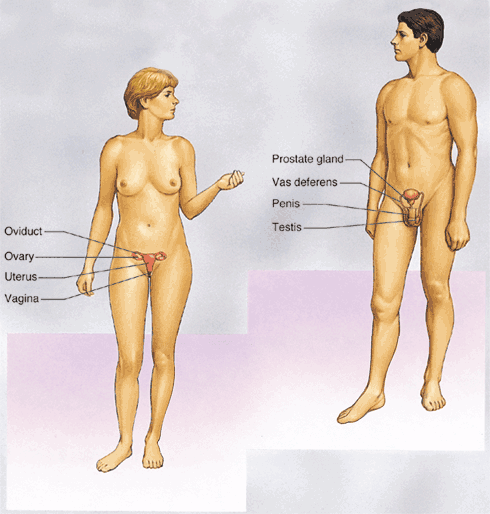
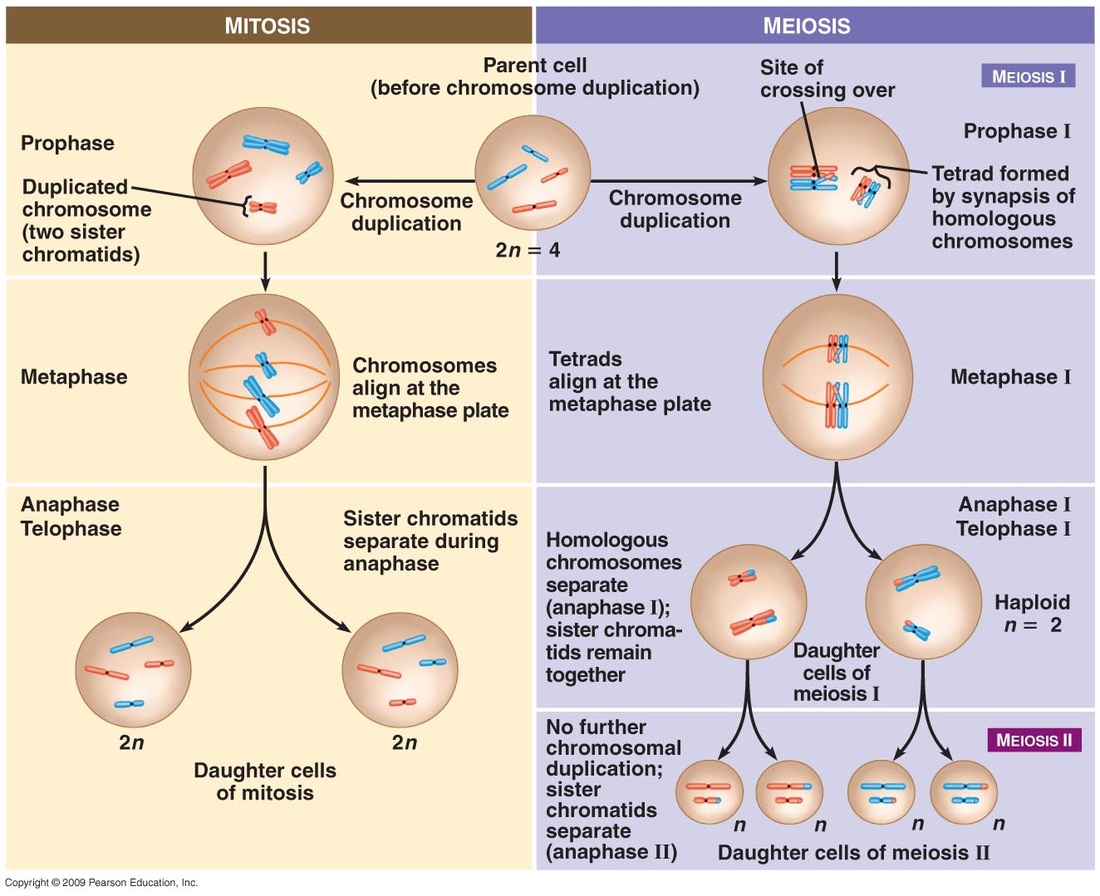
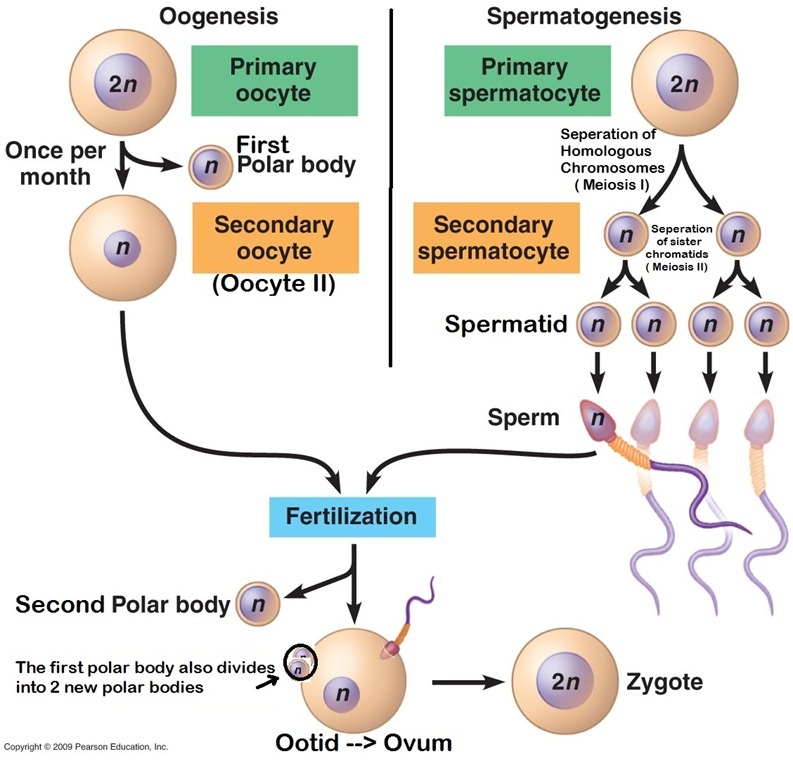
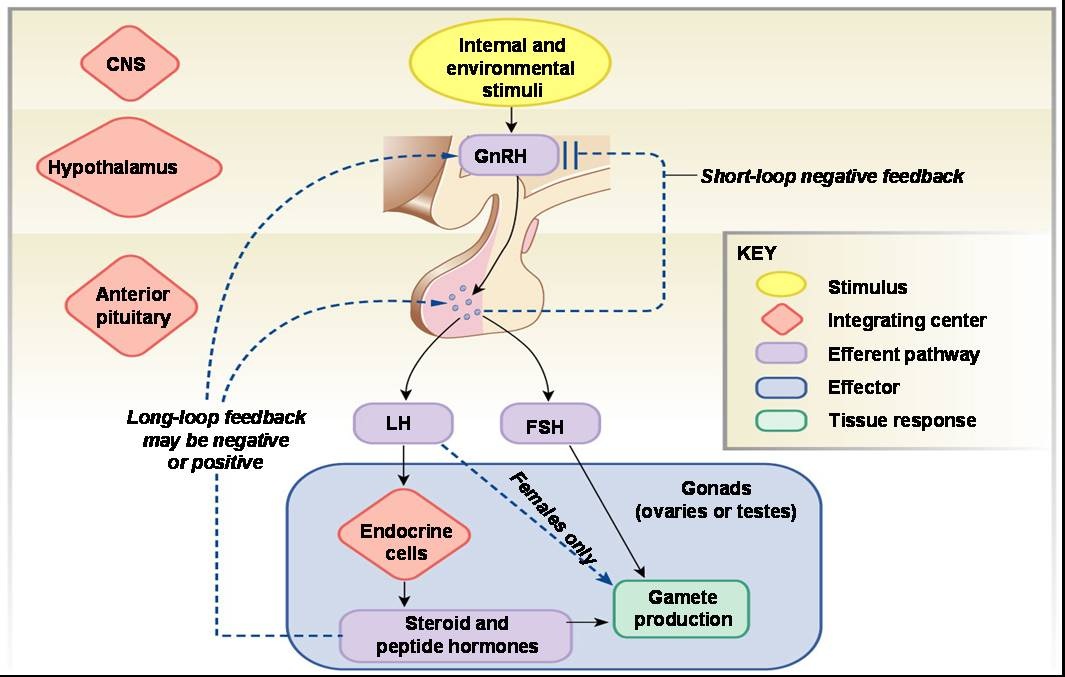
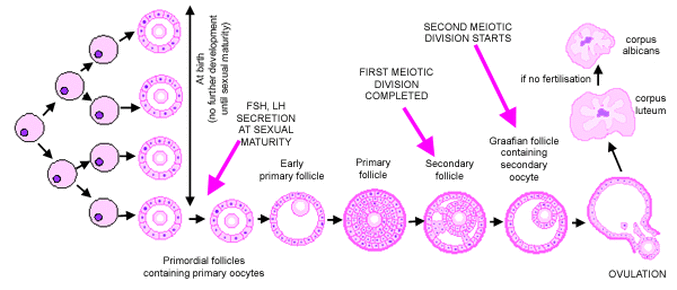
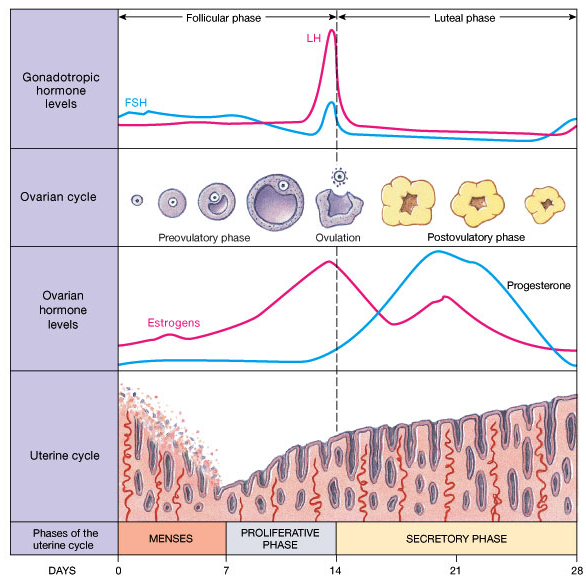
 RSS Feed
RSS Feed